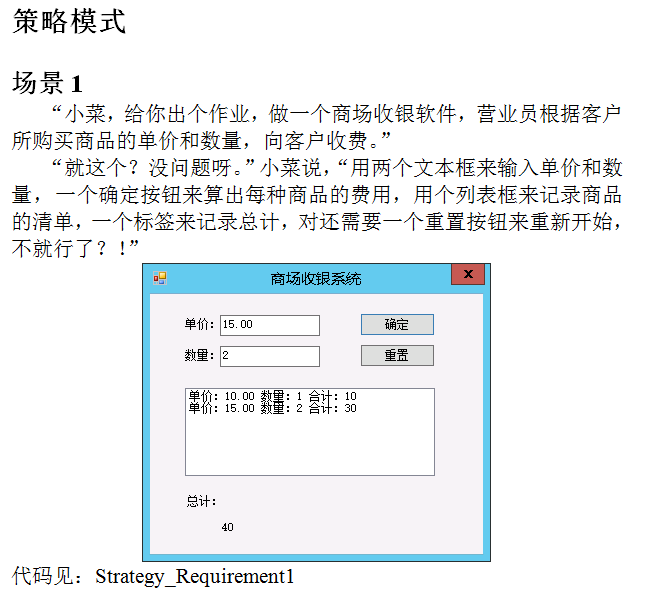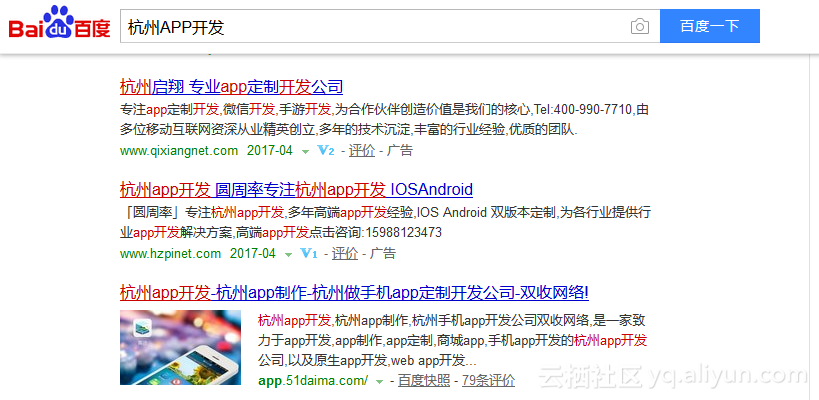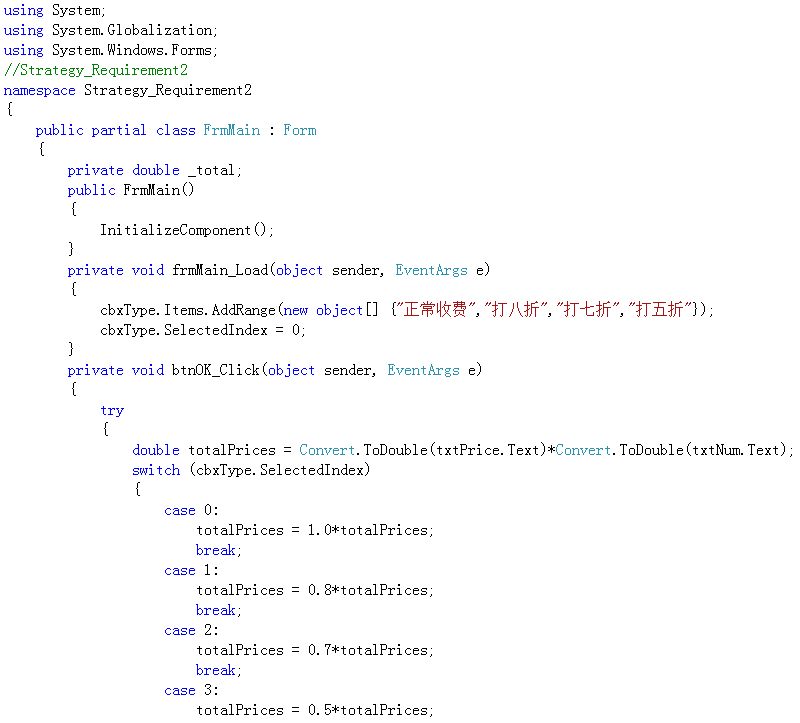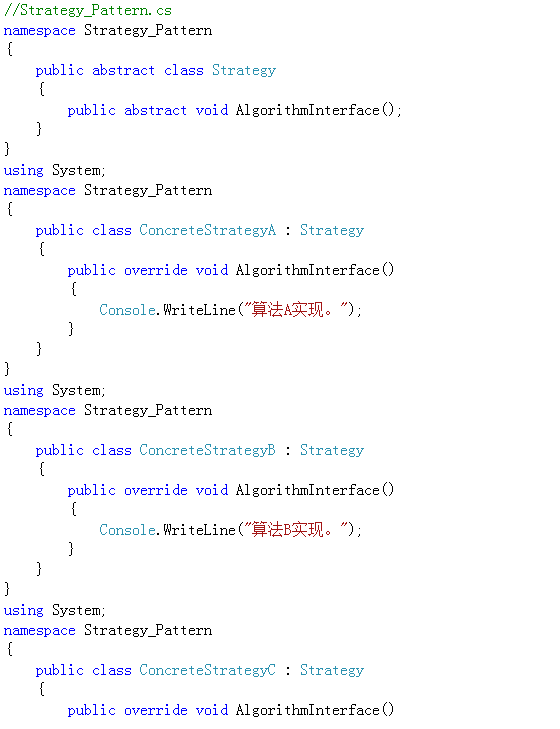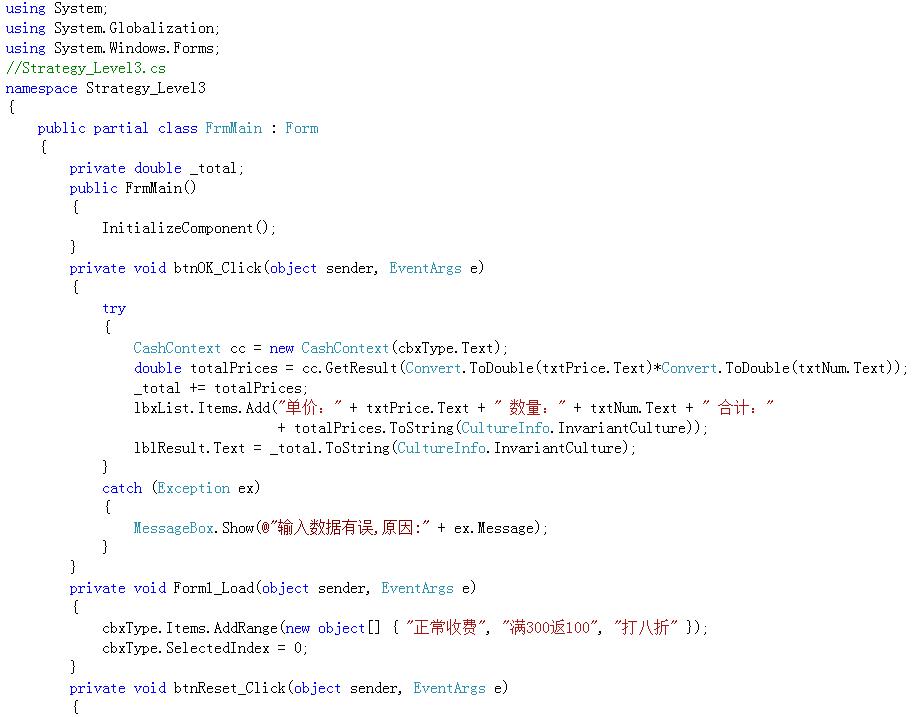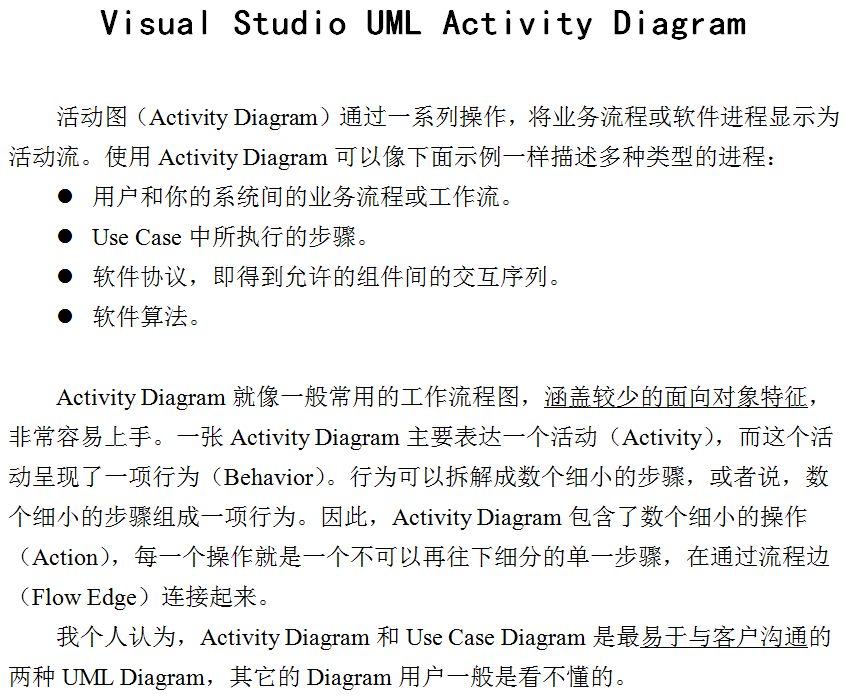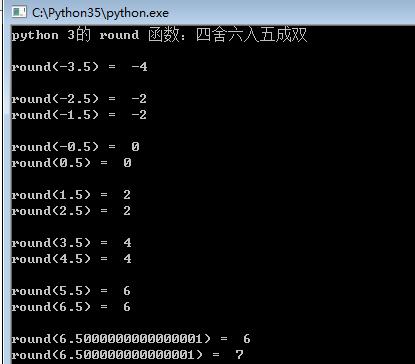第五章 servlet容器
第 5 章讨论 container 模块。container 指的是 org.apache.catalina.Container 接口,有4 种类型的 container:engine, host, context 和 wrapper。这章提供了两个工作于 context 和wrapper 的程序。容器共分四类,类图例如以下:

一个wrapper就是一个servlet;
一个context包括若干个wrapper;
本章分了两个部分,第一部分是wrapper,第二部分是context。
第一部分 wrapper
这一章说白了就是具体分解了第四章SimpleContainer中的invoke方法!public class SimpleWrapper implements Wrapper, Pipeline {// the servlet instanceprivate Servlet instance = null;private String servletClass;private Loader loader;private String name;private SimplePipeline pipeline = new SimplePipeline(this);protected Container parent = null;public SimpleWrapper() {pipeline.setBasic(new SimpleWrapperValve());}public synchronized void addValve(Valve valve) {pipeline.addValve(valve);}...
}
wrapper程序的类图例如以下:
流程例如以下
先是调用wrapper的invoke;
SimpleWrapper.javapublic void invoke(Request request, Response response)throws IOException, ServletException {pipeline.invoke(request, response);}SimplePipeline.javapublic void invoke(Request request, Response response)throws IOException, ServletException {// Invoke the first Valve in this pipeline for this request(new SimplePipelineValveContext()).invokeNext(request, response);}SimplePipelineValveContext为SimplePipeline的内部类,作用就是循环全部的阀,最后调用基础阀(就是以下代码中的basic)SimplePipelineValveContext.javapublic void invokeNext(Request request, Response response)throws IOException, ServletException {int subscript = stage;stage = stage + 1;// Invoke the requested Valve for the current request threadif (subscript < valves.length) {valves[subscript].invoke(request, response, this);}else if ((subscript == valves.length) && (basic != null)) {basic.invoke(request, response, this);}else {throw new ServletException("No valve");}}这部分的基础阀就是SimpleWrapperValve(在构造simplewrapper时就指定了),基础阀会调用反射生成servlet类......
第二部分 context
类图例如以下:换句话说,一个context里面有多个wrapper。
那么如今就有问题了,多个wrapper总得有个记录,请求1应该让哪个wrapper来处理,请求2又该让哪个wrapper处理等等。
因此就有了mapper接口,我们这里用的是事实上现类,simplecontextmapper。其map方法就能返回对应的wrapper。
public Container map(Request request, boolean update) {String requestURI = ((HttpRequest) request).getDecodedRequestURI();String relativeURI = requestURI.substring(contextPath.length());Wrapper wrapper = null;String name = context.findServletMapping(relativeURI);if (name != null)wrapper = (Wrapper) context.findChild(name);return (wrapper);}第六章 生命周期
第 6 章解释了 Lifecycle 接口。这个接口定义了一个 Catalina 组件的生命周期。并提供了一个优雅的方式。用来把在该组件发生的事件通知其它组件。另外。Lifecycle 接口提供了一个优雅的机制,用于在 Catalina 通过单一的 start/stop 来启动和停止组件。
本章类图:
tomcat是组件化的软件。全部的组件都实现了Lifecycle接口,里面有start与stop方法;我们如今想要的效果就是,我仅仅用启动一个组件系统就能帮我把全部的都启动,关闭也是一样。
看上去非常复杂,事实上非常easy
public synchronized void start() throws LifecycleException {if (started)throw new LifecycleException("SimpleContext has already started");// Notify our interested LifecycleListenerslifecycle.fireLifecycleEvent(BEFORE_START_EVENT, null);started = true;try {// Start our subordinate components, if anyif ((loader != null) && (loader instanceof Lifecycle))((Lifecycle) loader).start();// Start our child containers, if anyContainer children[] = findChildren();for (int i = 0; i < children.length; i++) {if (children[i] instanceof Lifecycle)((Lifecycle) children[i]).start();}// Start the Valves in our pipeline (including the basic),// if anyif (pipeline instanceof Lifecycle)((Lifecycle) pipeline).start();// Notify our interested LifecycleListenerslifecycle.fireLifecycleEvent(START_EVENT, null);}catch (Exception e) {e.printStackTrace();}事实上这一章假设仅仅是说生命周期的话到这就结束了,但是假设说到观察者模式,那话就多了。
所谓观察者模式,说的简单点就是,我有了一个动作,就要通知一些关心我的人。就这么简单。
Bootstrap.javaLifecycleListener listener = new SimpleContextLifecycleListener();((Lifecycle) context).addLifecycleListener(listener);simplecontext.java
protected LifecycleSupport lifecycle = new LifecycleSupport(this);public void addLifecycleListener(LifecycleListener listener) {lifecycle.addLifecycleListener(listener);} lifecycle.fireLifecycleEvent(BEFORE_START_EVENT, null);
LifecycleSupport.javapublic void fireLifecycleEvent(String type, Object data) {LifecycleEvent event = new LifecycleEvent(lifecycle, type, data);LifecycleListener interested[] = null;synchronized (listeners) {interested = (LifecycleListener[]) listeners.clone();}for (int i = 0; i < interested.length; i++) //循环通知全部关注者interested[i].lifecycleEvent(event);}// 一个详细的关注者
public class SimpleContextLifecycleListener implements LifecycleListener {@SuppressWarnings("unused")
public void lifecycleEvent(LifecycleEvent event) {Lifecycle lifecycle = event.getLifecycle();System.out.println("SimpleContextLifecycleListener's event " +event.getType().toString());if (Lifecycle.START_EVENT.equals(event.getType())) {System.out.println("Starting context.");}else if (Lifecycle.STOP_EVENT.equals(event.getType())) {System.out.println("Stopping context.");}}
}


